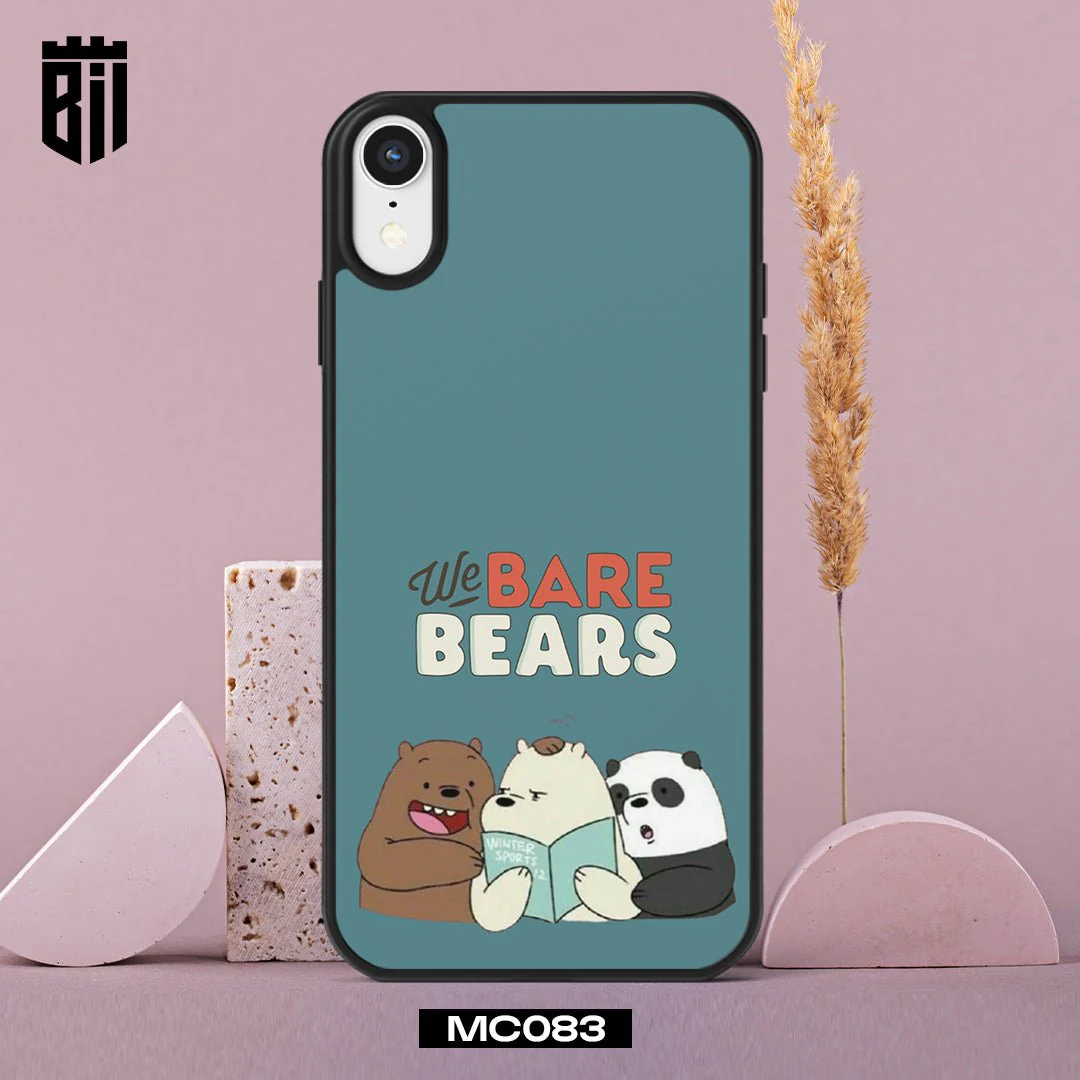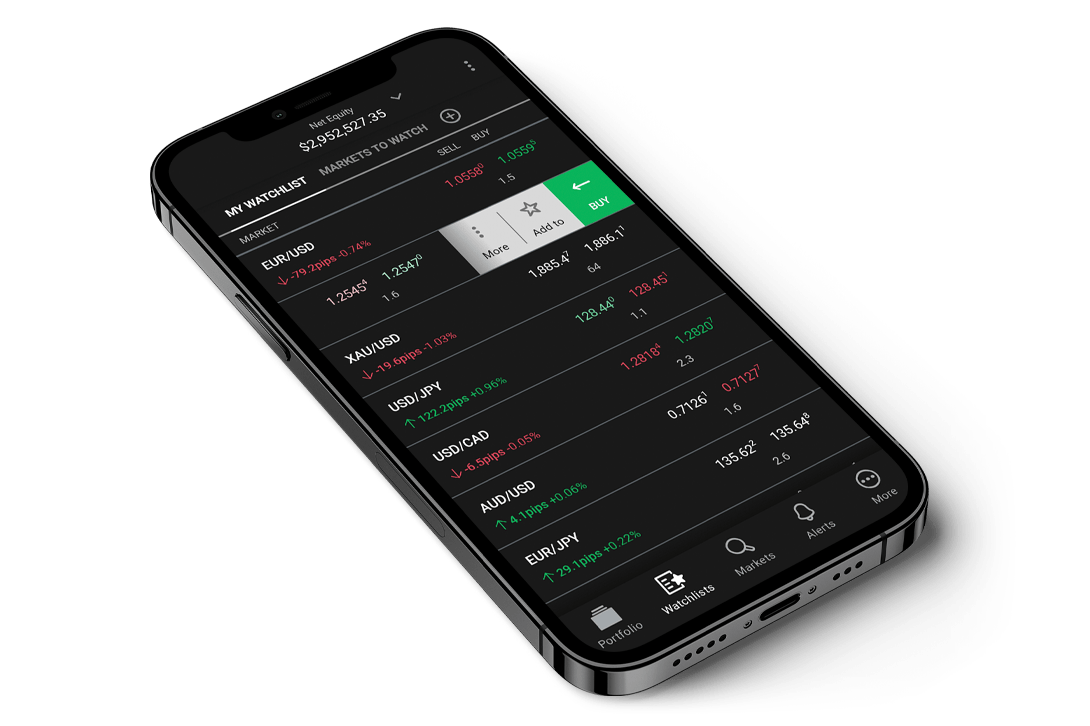Starting an online business today is more accessible and cost-effective than ever, which explains the consistent growth in ecommerce sales. Recent statistics reveal that retail ecommerce now contributes over $5 trillion to global sales.
With so much money being spent online, new e-commerce entrepreneurs are understandably eager to tap into this thriving market. However, with so many elements to consider in your website and online store, it can be overwhelming to know where to begin. But it doesn’t have to be complicated.
A smart starting point is focusing on your e-commerce website design. In this guide, you’ll discover valuable tips and tricks by FOR® to help you craft an effective e-commerce storefront of your own.
Add Customer Feedback and Testimonials
When people explore a new product, one of the first things they do is check customer reviews. They want to know what others think, whether it’s feedback from strangers or opinions from friends. What were their experiences with the product? How did they find the overall experience with your company? This type of insight is exactly what you want prospective customers to see.
Showcase Positive Reviews
To build trust, aim for numerous positive reviews (4 and 5 stars). Display these prominently on your site to enhance credibility.
Feature Testimonials
Place testimonials on your blog, checkout page, and other relevant sections. Including customer photos can strengthen trust further.
Create an Accessible FAQ Page
Address common customer questions with a clear and easy-to-find FAQ page. Link it in both the top and bottom navigation menus.
Consider Adding a Forum
A forum can allow experienced customers to share insights and help answer questions, further building trust and community.
Streamline the Purchase Process
To offer an e-commerce solution, it becomes necessary to present the shoppers with a virtual shopping cart that allows them to review all the selections made before check-out.
In a physical store, it’s so easy to glance into your cart to figure out what you’ve picked up. Customers need a clear indication online that items have been successfully added to their cart. This ensures they can easily track what they intend to purchase.
- Simplify the checkout process to avoid any hurdles, ensuring a smooth transition from browsing to purchase.
- Offer a guest checkout option to minimise the amount of information required from customers.
- Clearly label all data fields and ask for only essential information.
- Include a preview of cart items with descriptions for easy review before finalising the purchase.
- Accept different payment methods to reduce the risk of cart abandonment.
- Keep the payment process straightforward with minimal fields and steps.
- Be transparent about shipping costs and any additional charges before the final confirmation page.
- Clearly outline shipping options, costs, and return/refund policies at checkout to build customer trust.
- Ensure customers understand the required information, its purpose, and how their data is protected.
Display High-Quality Images and Videos
High-quality, large images are an excellent way to showcase your products on a website with a minimalist design. Let the visuals speak for themselves. They naturally draw customers in and spark curiosity.
Images can boost conversions—sometimes by as much as 40%—making it essential to feature them prominently. Shoppers want to see what they are getting and prefer viewing products from multiple angles before making a purchase. Clean, professional images of your products help establish credibility and trust.
Incorporating colour psychology into your e-commerce website design can also influence customer behaviour. Everything from the background colour to the shade of a call-to-action button can impact conversion rates.
Different colours stir up different feelings, often unconsciously. For example, blue is a colour of trust in some cultures. Red can connote energy and passion or tell a story of urgency. The colours you choose might also reflect your brand’s personality.
Tone: Your brand’s tone, whether whimsical, serious, or quirky, is also considered.
Value: Shades such as sleek black or shining gold evoke the idea of luxury and exclusivity.
Era: Some colours can point out the vintage or even the futuristic look of something.
By incorporating colours thoughtfully with images into an ecommerce website design, evoking emotions becomes an action that not only resonates with customers but also implores response and action.
Boost Website Loading Speed and Make It Mobile Friendly
With more active users than ever accessing the internet via mobile devices, it goes without saying that mobile optimisation is paramount. As a matter of fact, some users depend solely on their smartphone devices to access the internet, with most browsing done via mobile devices, especially among Gen Z users.
If your site isn’t working well or won’t load on a mobile device, you can be fairly certain you’re losing sales because frustrated users will jump to the competition without much trouble.
It should automatically switch to a smartphone screen size, wherein images load properly, and navigation is effortless. Links and buttons should be just as easy and instinctive on mobile as they are on the desktop. It is also more important that your checkout page doesn’t lose any usability and aesthetic appeal.
Speed is another critical factor: a slow page makes users form negative opinions of your site and, maybe, even your brand before exploring your products.
If your site takes over 3 seconds to load, you can lose as much as 40% of your audience.
Follow a minimalist e-commerce design to ensure that your site loads faster. Always give it a second thought when adding more elements to your site. Too many interactive features and text blocks can slow down your site. Use high-quality pictures, but keep in mind the file format whenever using them: JPGs are ideal on the web, while large PNG files can delay loading.
Feature Your Top-Selling Products Prominently
When designing product pages, it’s essential to feature your top-selling products prominently on your website. Highlighting these items ensures they catch the eye of visitors right away, allowing you to leverage their popularity for increased sales.
But how do you determine which products are your best? While total sales volume might seem like the obvious metric, it’s important to consider that some products might have higher sales simply because they’ve been available longer or are priced higher.
Another approach is to prioritise products that receive the most positive customer feedback. If certain items consistently garner better reviews, these might be the ones to showcase prominently. You can further draw attention to these popular products by using distinct colours or adjusting the size of their images to make them stand out.
By driving more traffic to your best-performing items, you can increase the likelihood of boosting overall revenue.
Engage Visitors with a Pop-Up Subscription Form
Consider using a subscription pop-up on your website to capture visitor information. Although pop-ups may not be pleasing to some online users, they have still been one of the most effective means of e-commerce marketing. Make sure the form is simple—ask for only a user’s name and email address so that it won’t be a pain to fill out.
This information is collected because it is helpful for future engagement. Not every visitor will make a purchase the first time around; however, with their contact information, one can implement remarketing strategies. Reaching them back may be a way of reminding them of the products and services they had shown interest in, hence closing the sale.
A well-timed pop-up can help you collect their contact information, allow you to follow up with them skillfully, and even convert them into customers.
Conclusion
Creating an effective e-commerce website involves more than just building a site—it requires crafting a beautiful and intuitive user experience. The effort you put into e-commerce website design can significantly impact your sales. To ensure success, draw inspiration from your favourite product websites that feature clean, simple designs. Incorporate these design principles into your own site, focusing on elements that enhance usability and drive conversions. Key practices include optimising page load speed, simplifying the checkout process, showcasing high-quality images, and personalising the shopping experience.
For personalised guidance on enhancing your e-commerce website, contact Toni Hukkanen, the head of FOR® Branding and Marketing Agency, to schedule a free consultation.











